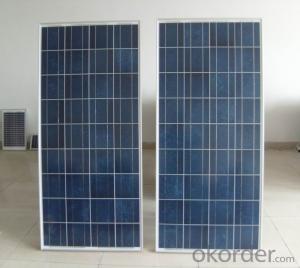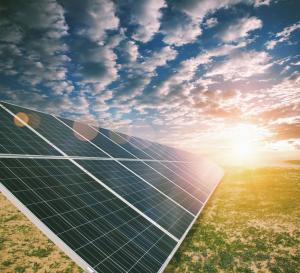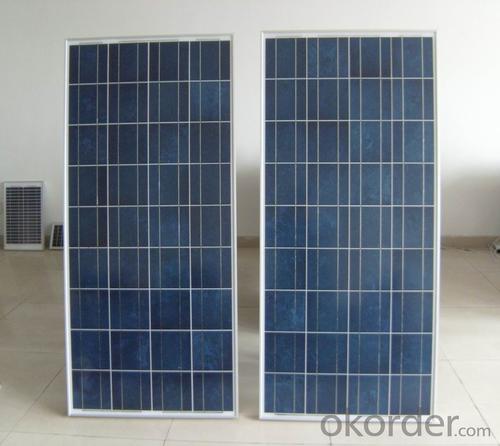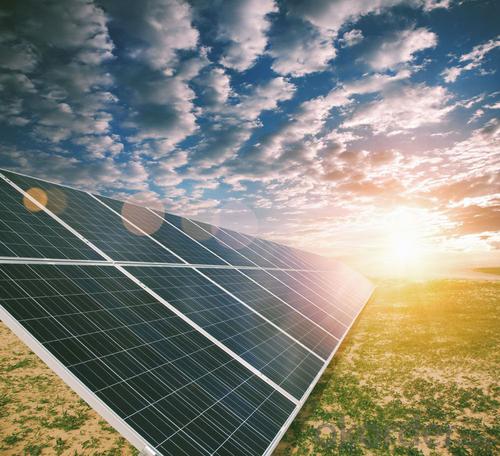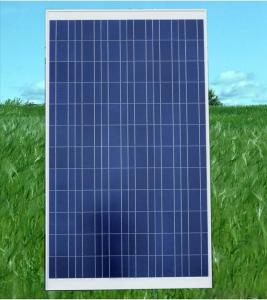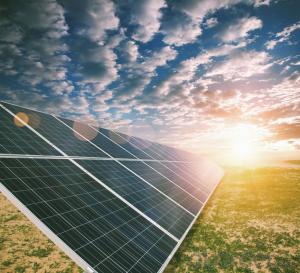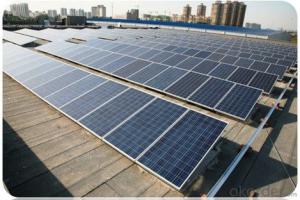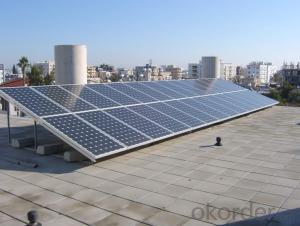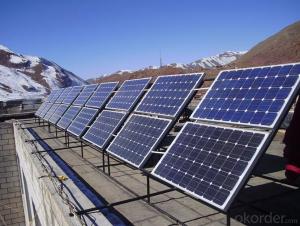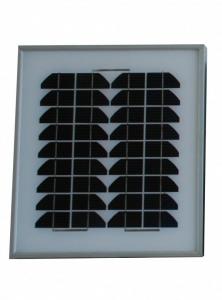Shed With Solar Panels:265W Polycrystalline Silicon Solar Panel
- Loading Port:
- Ningbo
- Payment Terms:
- TT OR LC
- Min Order Qty:
- 200000 watt
- Supply Capability:
- 20000000 watt/month
OKorder Service Pledge
OKorder Financial Service
You Might Also Like
About us
We are a high-tech group wich specializes in solar products design,research, manufacture, sales,solar projects design and installation.
Our national sales service covers seven parts, including northeast, north, east, middle, south, northwest and southwest, international sales covers five continents and over forty countries, including Germany, Italy, Spain, France, America and Brazil etc.
Our present annual capacity is 6 million for wafer, 60MWp for solar cells,200MWp for solar modules and one hundred thousand for solar applications. It is expected that the annual capacity of 2012 will be up to 30 million for wafer, 300MWp for solar cells, 1000MW for solar modules and 2 million for solar applications.
Process is as follows:
1, the battery test
2, positive Welding - Inspection –
3, on the back of cascading - Inspection –
4, laying (glass cleaning, material cutting, glass pre-processing, laying) –
5, laminating –
6, to flash ( to the side, cleaning) –
7, fitted border (glue, loading angle keys, punching, install box, scrub I glue) –
8, the welding junction box –
9, high-pressure test –
10, component testing -- -
11 appearance inspection, packaging and storage;
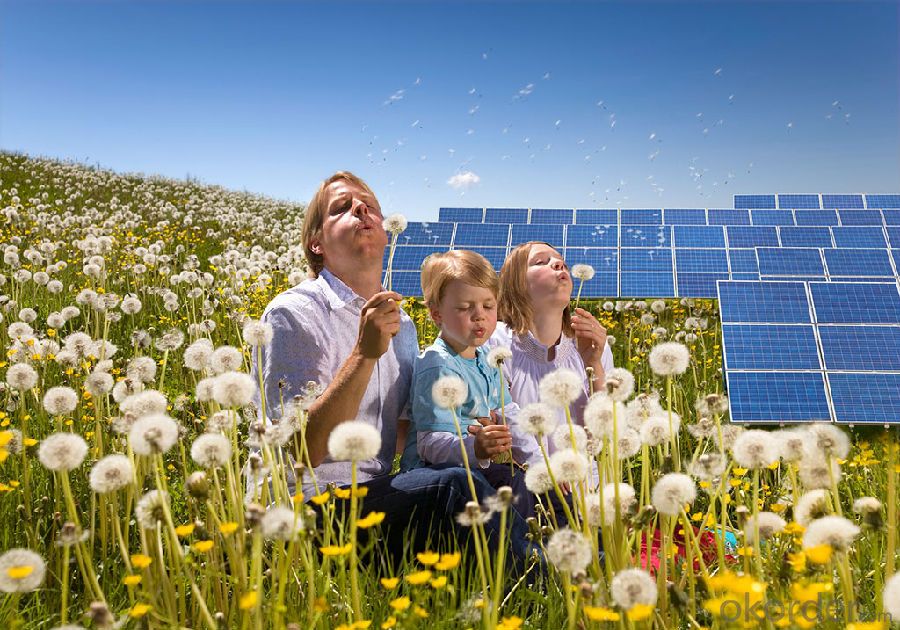
Data sheet
Maximum power | 265W |
Cell type(mm) | Polycrystalline solar cell 156*156 |
Number of cell(pcs) | 60(6*10) |
Manufacture site | China |
Open-circuit voltage(voc) | 37.7V |
Maximum power voltage(vmp) | 30.6V |
Short-circuit current(isc) | 9.03A |
Optimum operating current(imp) | 8.66A |
Power tolerance | 0~+5W |
Module efficiency | 16.3% |
Dimensions(mm) | 1640*992*40 |
Weight | 19 kg |
Backsheet | Silver |
Frame Colar | White |
Frame | Anodized Aluminum Alloy |
FAQ:
1. How long will my inquiry get response?
Your inquiry related to our products or prices will be replied within 24 hours.
2. Can I get professional service and suggestion?
Well-trained and experienced staffs to answer all your questions in fluent English.
3. Do you accept OEM or customized design?
OEM & ODM, any your customized lightings we can help you to design and put into product.
4. What if I need specific design?
Distributorship are offered for your unique design and some our current models.
- Q: if car companies install solar panels on cars, like in all the car were the sun can reach that would reduce the consumption of gas in the summer, and might save some energy for winter and if that energy is not enough they can use gas or electricity i think that would be a lot of savings, and less contamination i don't know that is my idea what do you people think?
- There okorder Part of the problem of putting solar panels on a vehicle is that at almost no time is the orientation for the panels correct. You would not consider putting solar panels on the shady side of your house, or not tilted and aimed properly. This is because solar panels are expensive and you would like to make sure that they are as efficient as possible. A better plan may be to put solar panels on your house and buy an electric car. Have the panels feed power into the grid during the day where you can be paid at the higher daytime rates and then charge your vehicle at the lower night time rates from the grid.
- Q: my dad met a guy representive for a solar panel company at a swapmeet Scam?
- Hard to say. Solar panels are becoming more common these days. May want to ask if the vendor is licensed and bonded contractor (if he's doing installation as well as panel sales). Find out the name of the equipment that this guy is selling (panels and other hardware) and do a search. For that matter, get the guys name and do a search on it to see he pops up elsewhere.
- Q: Hi! I bought a Coleman 2 vdc cooler that pulls 9 amps. What size solar panel and amp-hour battery do I need? I only open it 3 times a day. It will hold about 3 gals of milk.
- If it pulls 9 amps continuously, that's 08 watts/hour or about 2.5 kwh/day. If it only pulls half that (does it cycle?) it's about .2 kwh/day. You only want to drain a lead-acid battery 50% or so, so you'll want a 5 or 2.5 kwh battery pack. A typical setup for the 5 kwh would be two L-6 batteries in series, and for the 2.5 kwh you could use 2 T-05 batteries in series. This does not account for days of cloud. If you regularly have cloudy days, size the battery pack for two or three days of use with no input (2-3 x the sizes given above). To charge them, you typically want panels that will charge your battery at least 5% of its capacity per hour (C/20). For 2 volt nominal panels that's 0 amps for the T-05 or 20 amps for the L-6 batteries. It's good to have more than that for battery life (it cuts down on what's called stratification), so you'll want probably 50-200 watts of panels for the T-05 and 300-400 for the L-6. You'll also need a charge controller. Peltier coolers are very inefficient. You'll save money by using a regular mini-fridge and an inverter. Most mini-fridges only draw 50 watts or so, so you're talking 600 watt-hours for a 50% duty cycle. This means two T-05 batteries will give you two days of use and you'll only need 20-50 watts of panel. DK
- Q: Can solar panels be installed on water treatment plants or utilities?
- Yes, solar panels can be installed on water treatment plants or utilities. In fact, many water treatment plants and utilities have started to adopt solar energy as a sustainable and cost-effective solution to power their operations. Solar panels can be installed on the rooftops or open areas of these facilities, helping to generate clean electricity and reduce their carbon footprint.
- Q: Are solar panels worth the investment?
- Yes, solar panels are worth the investment. They have numerous long-term benefits such as significant energy savings, reduction in electricity bills, and a positive environmental impact by reducing carbon emissions. Additionally, many governments offer incentives and tax credits for installing solar panels, further enhancing the return on investment.
- Q: Can solar panels be used for charging electric scooters?
- Yes, solar panels can be used for charging electric scooters. By connecting the electric scooter to a solar panel system, the sunlight energy is converted into electricity, which charges the scooter's battery. This eco-friendly and sustainable method of charging can reduce reliance on grid electricity and promote renewable energy usage.
- Q: Can solar panels reduce electricity bills?
- Yes, solar panels can reduce electricity bills. By harnessing the sun's energy to generate electricity, solar panels can offset a significant portion of a household's electricity consumption, leading to lower monthly bills. Additionally, excess energy produced by solar panels can be fed back into the grid, allowing homeowners to earn credits or receive payments from utility companies.
- Q: The inverter I am using gets the required 2 DC volts from the solar panel, but fo some reason it just won't output the 0 AC voltage. When the inverter is hooked to a car battery, it works just fine off the same 2 DC rating. Help me out please...
- Solar panels output a very small amount of current. Even though you're getting 2V from the panels, you aren't getting enough amperage to power even the inverter itself, let alone anything plugged into the inverter. Car batteries are able to be used with inverters because they can crank out enough amps to power the inverter and whatever is plugged into it. Inverters only step up voltages and change DC to AC. They do not increase power (wattage) potential. If you want to plug in a 20W appliance into the inverter, the 2V source must be able to deliver 20W of power regardless of voltage. In pretty much everything solar powered, the panels are used in conjunction with batteries. The solar panels slowly recharge the batteries. The batteries are where most of the power comes from. Nothing is driven directly from the solar panels themselves unless the power requirement is low enough, such as a calculator. Solar panels will have an output rating in watts (W). If the wattage of your inverter plus whatever you plug into it is lower than the panel's output rating, then it can power it directly, provided you have 00% light input into the panel.
- Q: Can solar panels be installed on schools or educational institutions?
- Yes, solar panels can be installed on schools or educational institutions. In fact, many schools and educational institutions have already embraced solar energy as a sustainable and cost-effective solution. Installing solar panels not only helps reduce carbon emissions but also provides educational opportunities for students to learn about renewable energy and sustainability. Additionally, schools can benefit from reduced energy costs and potentially generate revenue by selling excess energy back to the grid.
Send your message to us
Shed With Solar Panels:265W Polycrystalline Silicon Solar Panel
- Loading Port:
- Ningbo
- Payment Terms:
- TT OR LC
- Min Order Qty:
- 200000 watt
- Supply Capability:
- 20000000 watt/month
OKorder Service Pledge
OKorder Financial Service
Similar products
Hot products
Hot Searches
Related keywords
